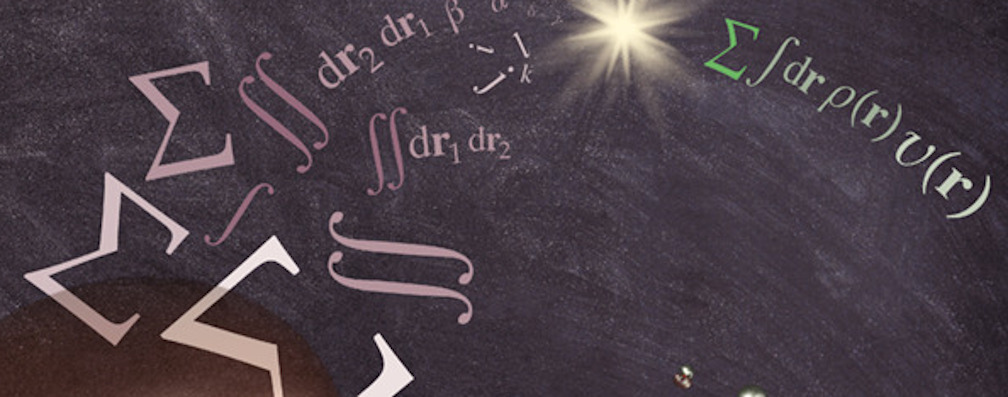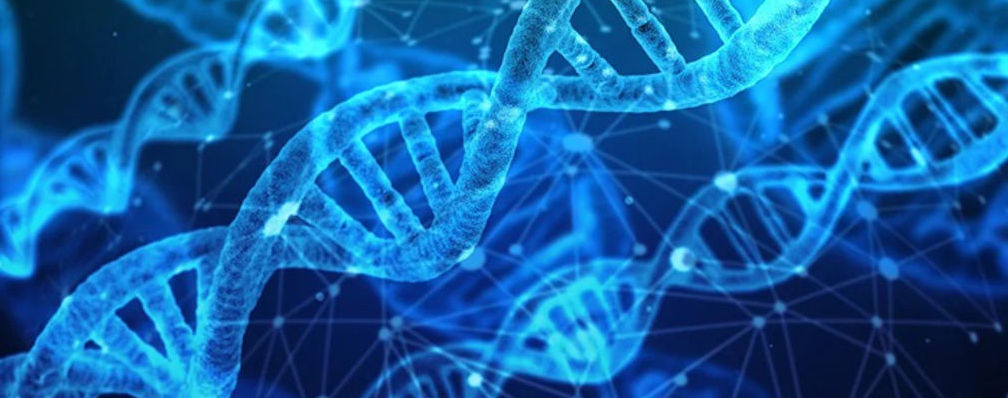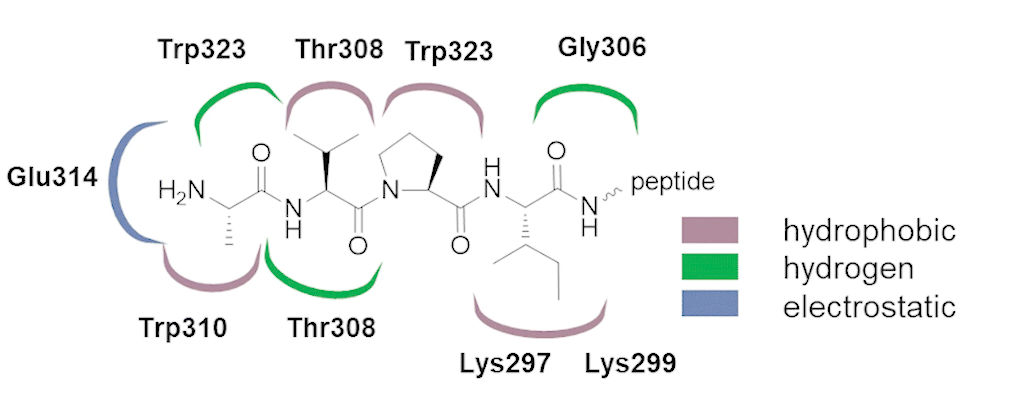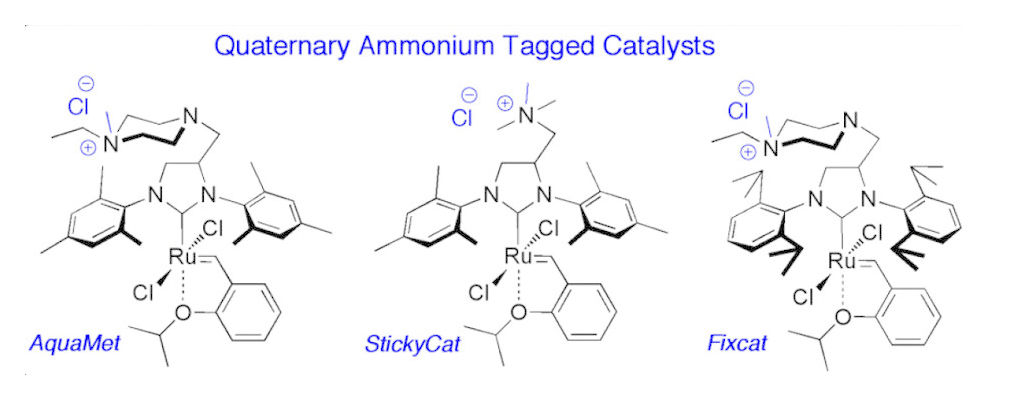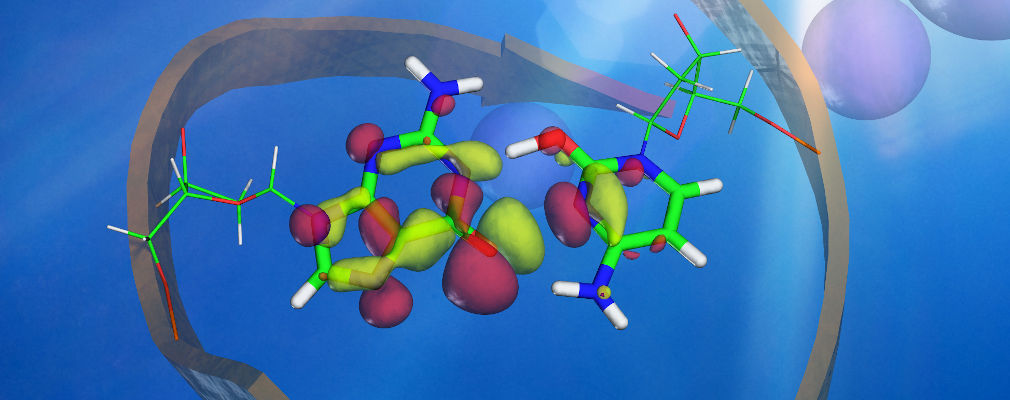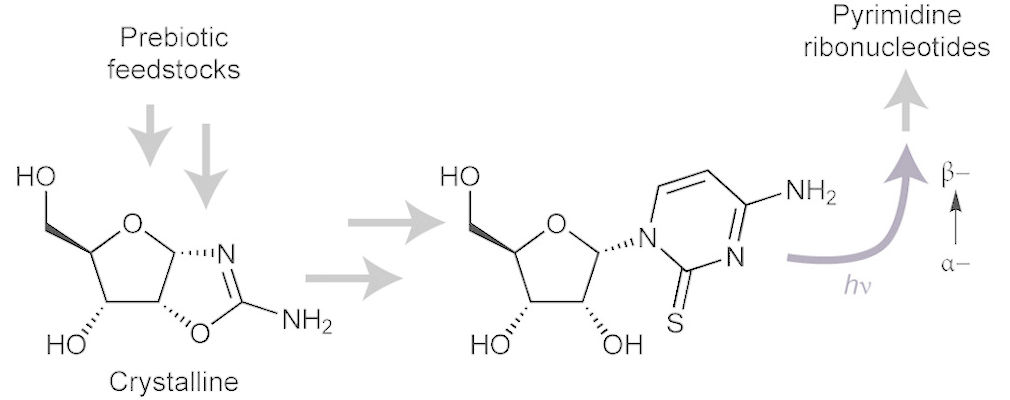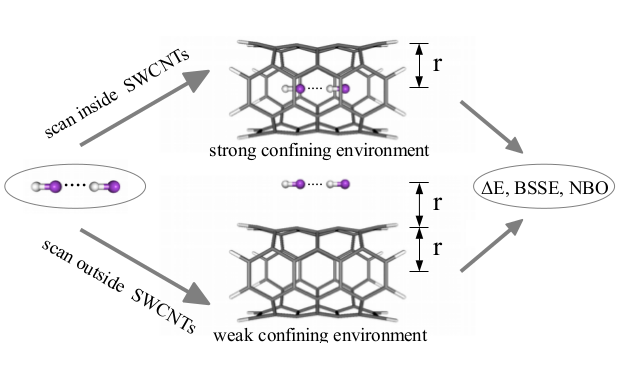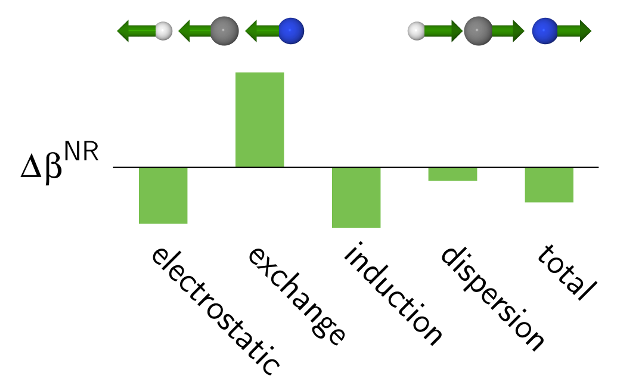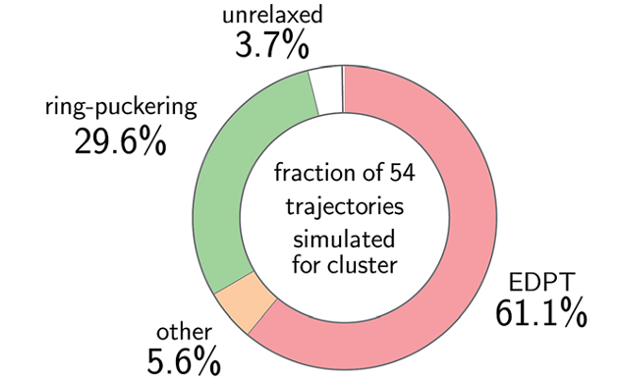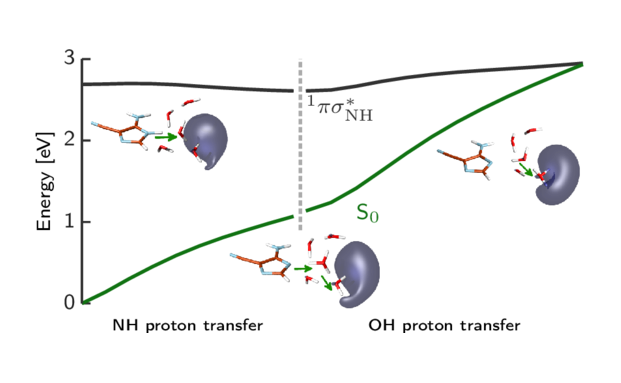In our recent paper that hit the cover of Journal of Computational Chemistry, a general method for effective one‐electron potentials (EOPs) based elimination of electron repulsion integrals is presented, that is tuned toward the fragment‐based calculation methodologies such as the second generation of the effective fragment potentials (EFP2) method. The EOP technique is applied to […]
Ab initio effective one‐electron potential operators for elimination of electron repulsion integrals
